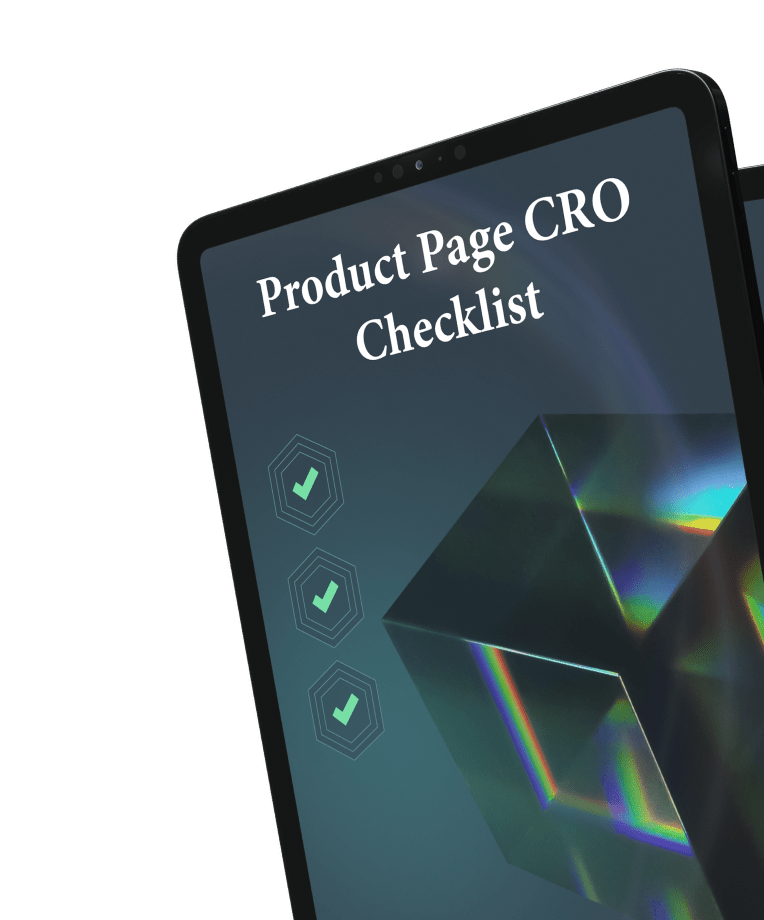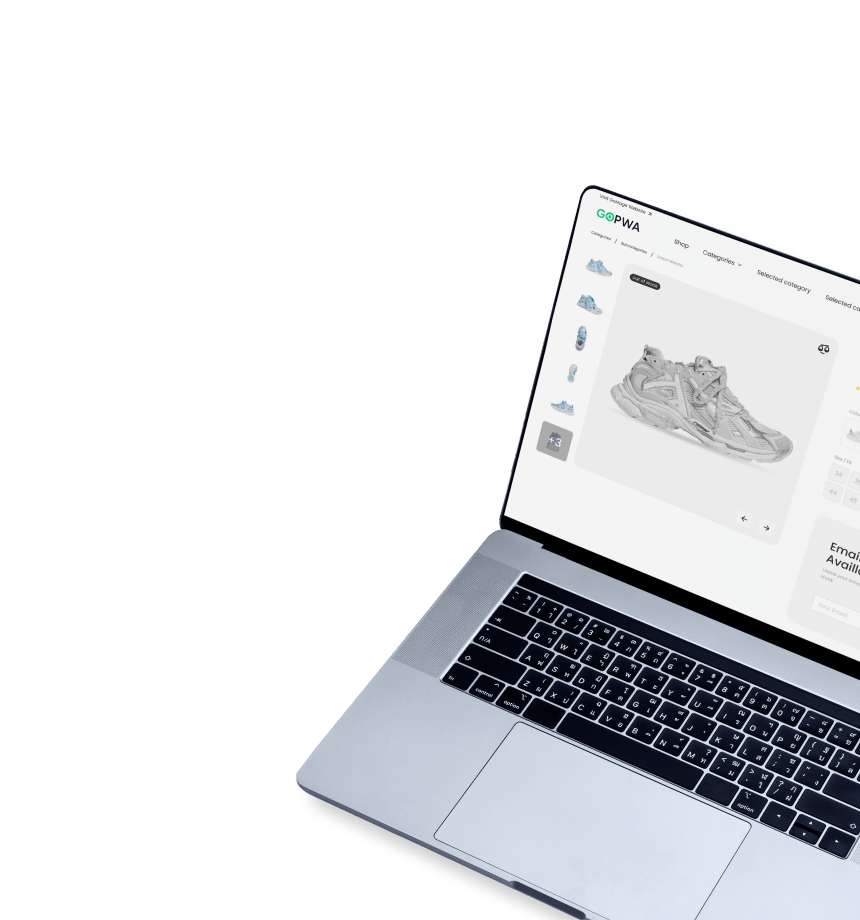Tired of feeling limited by the rigid design and functionality of your eCommerce platform? Wish you could create a custom digital experience for your customers without having to overhaul your entire back-end system? If so, it’s time to consider headless commerce.
Headless commerce is the future of eCommerce, providing businesses with the flexibility and control to deliver personalized, innovative, and seamless digital experiences to their customers. But what exactly is headless commerce, and how does it work?
In this article, we’ll break down everything you need to know about this cutting-edge approach to online retail. So buckle up and get ready to take your eCommerce game to the next level.
A quick tour of the article:
- Understanding headless eCommerce
- Headless commerce vs traditional eCommerce
- Benefits of going headless
- Adopting the headless commerce architecture — yes or no?
Let’s get started.
What is headless commerce?
Headless commerce is a type of software architecture where the front-end (or “head”, i.e. the user interface) of the website is separated (decoupled) from the back-end system (i.e. the business logic) that manages products, orders, and other operations. The two layers interact through API (Application Programming Interface), and don’t have any strict interdependence. This grants businesses greater autonomy to improve web performance, optimize for mobile, and enhance the overall customer experience without relying on a developer team.
In other words, headless eCommerce allows businesses to build custom user interfaces and experiences for their customers using any technology they choose, without being limited by the capabilities of their back-end system.
To better understand how headless commerce works, imagine you’re playing LEGO. Just like building with LEGO blocks, headless commerce architecture allows businesses to construct their digital storefront by selecting and arranging individual elements. Each piece can be carefully chosen to meet specific needs, making the final result more personalized and unique. And just like in LEGO, headless eCommerce lets businesses make changes easily and quickly. By swapping out one piece for another or adding a new element altogether, businesses can continue to evolve their online presence to meet changing customer needs and industry trends.

Headless commerce vs traditional eCommerce
Unlike headless commerce, in traditional eCommerce, the platform provider typically controls both the frontend and backend of the website. That’s why traditional commerce systems are also called “monolithic”.
Fifteen years ago, monolith systems were the only option available for eComm businesses. They appeared to be a convenient “all-in-one” solution that implied complete control over the system. However, as time passed, their limitations and drawbacks became more apparent.
They are simple to set up but can limit design capabilities and interaction with customers for high-growth retailers. Merchants may quickly outgrow available templates and find it challenging to create unique storefronts with custom graphics and interactive elements. Changes to one aspect of the store can require updates in other areas, making website updates time-consuming and expensive with possible revenue loss. Highly customized experiences may also result in slower page load times due to technical limitations on the platform.
Top 8 benefits of headless commerce
While traditional all-in-one eCommerce systems can be useful for new businesses in the initial stages, they may not be suitable for companies that need to be present across multiple channels or continually meet changing customer expectations. To address these challenges, scalable platform architecture like headless commerce appears to be a promising solution.
With rising customer acquisition costs, standing out through headless technology is a wise move, as evidenced by the $1.65 billion raised for headless technologies in just the last two years.
Let’s dive into what are the benefits of headless eCommerce platforms.
- Flexibility and customizability. With an API-first architecture, merchants can cherry-pick the best-of-breed services and tailor their eCommerce system according to their needs.
- Faster time-to-market. Headless eCommerce allows businesses to bring new products or services to market more quickly. By separating the presentation layer from the back-end functionality, businesses can develop and test new features or functionality independently, without the need for a full platform update. This can help businesses to stay ahead of their competitors by quickly adapting to changing market conditions or customer needs.
- Scalability. Headless eCommerce platforms are highly scalable, allowing merchants to easily adjust to changes in demand and handle large amounts of traffic without compromising performance.
- Improved agility and future-proofing. With the flexibility offered by headless software, brands can go to market faster and experiment with new variations in shopping experiences, without compromising backend functions, even if customer preferences change overnight. In other words, headless eCommerce enables brands to surpass rapidly evolving customer expectations and innovate more freely.
- Omnichannel presence. Headless commerce allows businesses to integrate their online store with multiple channels like social media, mobile apps, and IoT devices, making it easier to reach more customers and generate more sales. Additionally, utilizing a headless CMS enables personalized content to be distributed across multiple touchpoints from a single source. Retailers can personalize purchase recommendations, promotions, and browsing options to create more relevant offers that improve conversion rates.
- Unprecedented web performance. Utilizing modern JavaScript frameworks for developing the front-end layers results in higher performance and an enhanced customer experience.
- Improved SEO. Headless commerce can also help businesses improve their search engine optimization (SEO). Because the front-end and back-end are separated, businesses can optimize their front-end content for search engines without having to worry about how it will impact the back-end functionality. This can help to improve the visibility of the eCommerce site in search engine results pages (SERPs), leading to increased traffic and sales.
- Lower costs. By separating the front-end and back-end, businesses can reduce development and maintenance costs by focusing resources on the areas that require the most attention. For example, a business can choose to invest in developing a custom front-end that provides a better user experience, without having to worry about maintaining the back-end functionality.
Development Get a robust PWA
Supercharge your eCommerce efforts with superb UX and ‘superfast’ speed. Build an eCommerce PWA from scratch or save time and money using GoPWA Storefront.

9 Signs to consider headless commerce
Is headless a one-size-fits-all solution? A short answer to this question is “no, for sure”. With a well-performing online store based on a traditional architecture, investing time and money in adopting a headless approach might not be very reasonable. However, if you want to provide a unique and personalized customer experience and have the development resources to support a headless transformation, it may be the right choice for you.
Below, there’s a quick checklist for you to make a smarter decision. If you check at least three boxes, then headless ecommerce is worth considering:
- You want to offer a unique storefront experience but can’t do it within your current platform.
- You have specific complex content management needs.
- It’s usually difficult to re-platform another tool into your existing infrastructure.
- You have no native mobile app or your mobile app isn’t user-friendly.
- You’d like your storefront theme/template to be more customizable.
- You want to make front- and back-end adjustments simultaneously.
- You struggle to sell in multiple countries.
- Your site loads slowly.
- You desire greater control over the specific factors that influence your site’s speed and performance.
While headless commerce has numerous benefits, there are also some considerations to keep in mind before making the switch:
- Headless commerce can be complicated due to the separation of front and backend, leading to a complex tech solution with different platforms and applications linked by APIs. However, choosing a headless provider that offers out-of-the-box services and ongoing support can help manage this complexity.
- Beware of the hype surrounding headless commerce, as technical jargon and buzzwords can make it challenging to evaluate if it’s the right fit for your business. Before jumping into headless commerce, consider your business requirements, technical capabilities, the complexity of your product catalog, team expertise, and budget.
- Investing wisely in a headless platform requires thorough research, as different providers offer systems configured to achieve specific outcomes. It’s essential to find a platform that aligns with your business goals and needs to make the most of your investment.
Final thoughts
In a world where customer experience is king, headless commerce reigns supreme. By freeing businesses from the constraints of traditional commerce architecture, headless empowers companies to deliver seamless, personalized experiences that engage and delight customers across all touchpoints.









